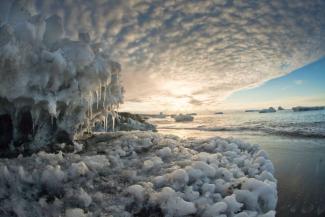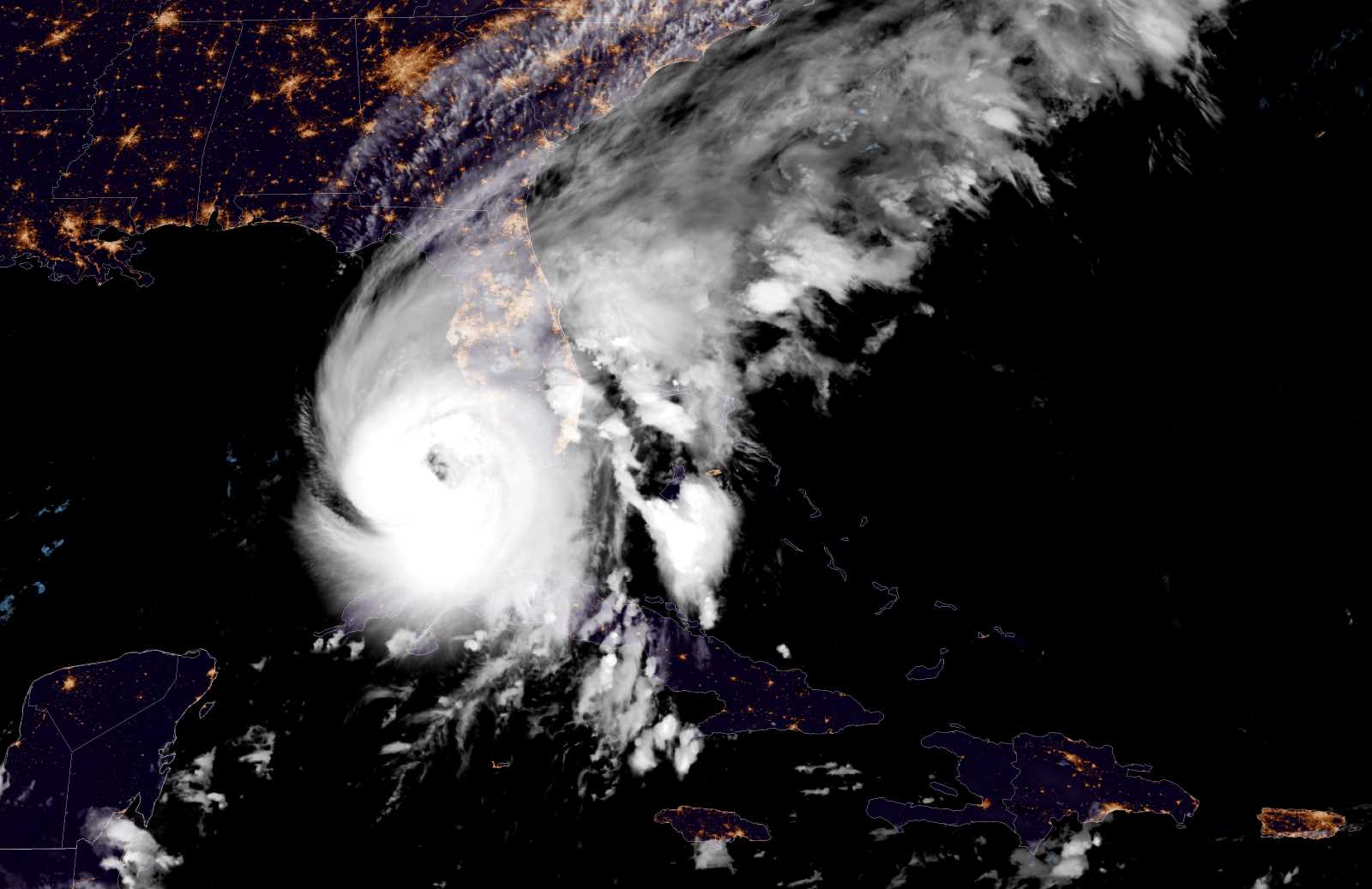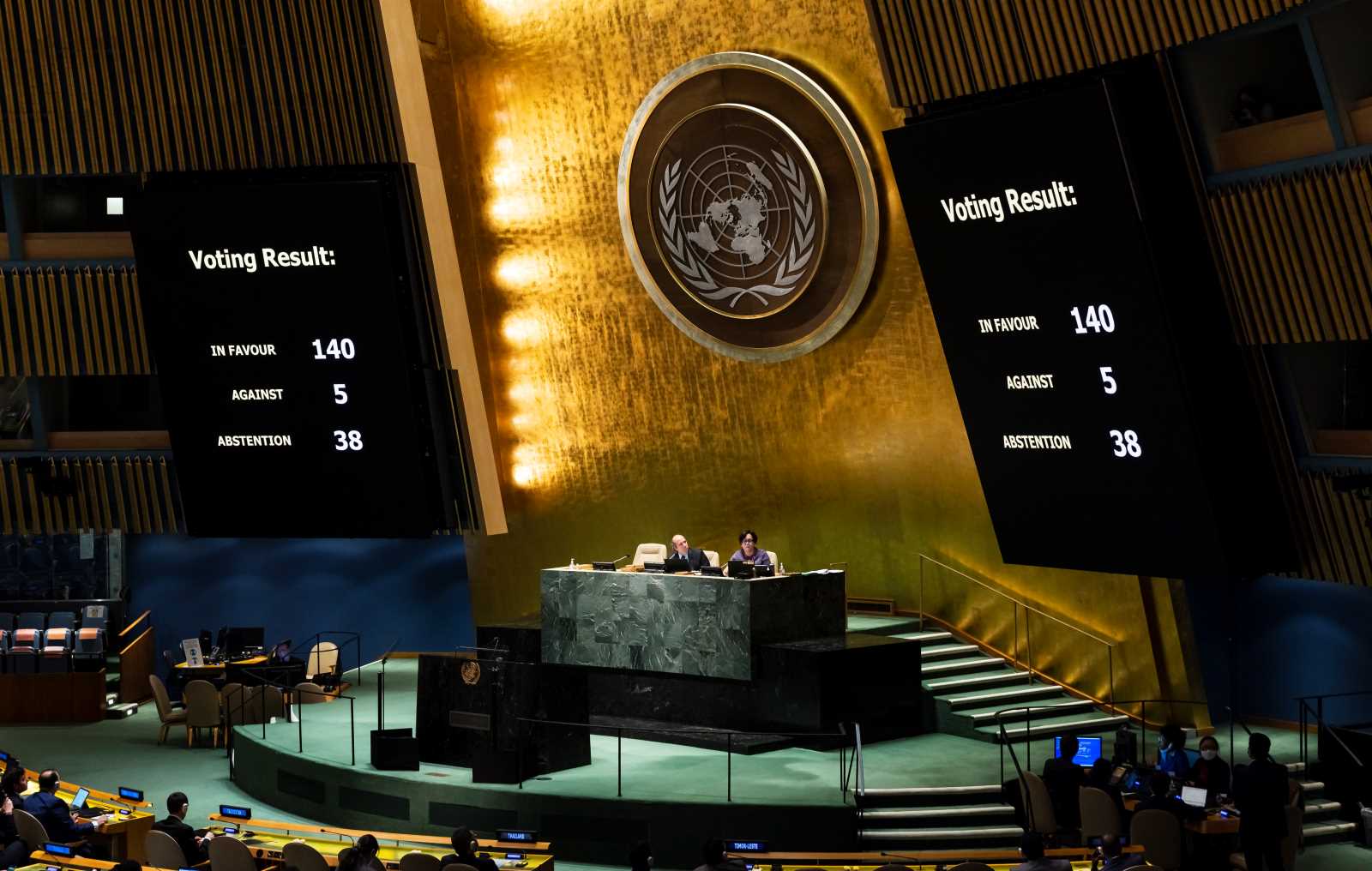Comment
Ray of hope for Antarctica

The member states of the Commission for the Conservation of Antarctic Marine Living Resources reached the much needed agreement at the end of October. It came just in time for the 55th anniversary of the Antarctica Treaty, which itself is a success of international cooperation. The Ross Sea is located approximately 3,000 kilometres south-east of New Zealand’s South Island. The MPA covers over 1.5 million square kilometres of the Southern Ocean, an area more than a third the size of the European Union.
The MPA provides protection from human activities for the next 35 years and can be extended beyond that date. Only research activities will be permitted in the frigid and pristine waters of the MPA. The agreement is an important complementary mechanism to the Antarctic Treaty System. The Treaty, that covers the area south of 60° South latitude, stipulates:
- Antarctica shall be used for peaceful purposes only.
- Scientists are free to do research.
- Signatory states agree not to pursue any national territorial claims.
- Nuclear explosions and disposal of radioactive waste are prohibited in Antarctica.
In its 55 years of existence, the Antarctic Treaty has proven to serve as a common denominator for the sustainable management of a global commons on a continental level. The establishment of the MPA in Antarctica’s Ross Sea guarantees continuous protection. Thus, environmental stewardship of the southern continent and its oceans can inspire other environmental initiatives, in particular in the wake of the Paris Agreement on climate change that was concluded in 2015.
Undoubtedly, a majority of the world’s population holds a stake in Antarctic affairs. Nearly 50 countries, representing two-thirds of humankind, have signed the Antarctic Treaty. Its provisions surpass international cooperation in many other fields. For example, the Antarctic Treaty stipulates that only peaceful, scientific actions are permitted and that the entire continent is to remain demilitarised. Signatories abide by these provisions.
Critics bemoan that the Ross Sea oceans protected under the MPA represent only a fraction of Antarctic waters. It is hoped that other areas will get similar protection in the future. This would also strengthen conservation projects north of 60° south latitude that are under debate, such as the whale sanctuary proposed by Argentina and Brazil.
Certainly, the Antarctic Treaty and the MPA agreement are publically not as widely known as the Paris Agreement. However, conservation of the Antarctica and global climate action are closely related. The continent’s ice can potentially contribute more than a full meter of sea-level rise by 2100. If emissions – and thus global warming – continue unabated, huge ice shelves crash into the sea.
Walter Wuertz is an offshore specialised geologist, living in Malaysia.
ww_9877@yahoo.com
Glenn Brigaldino is an aid and trade adviser based in Canada.
brigaldino.5542@rogers.com














